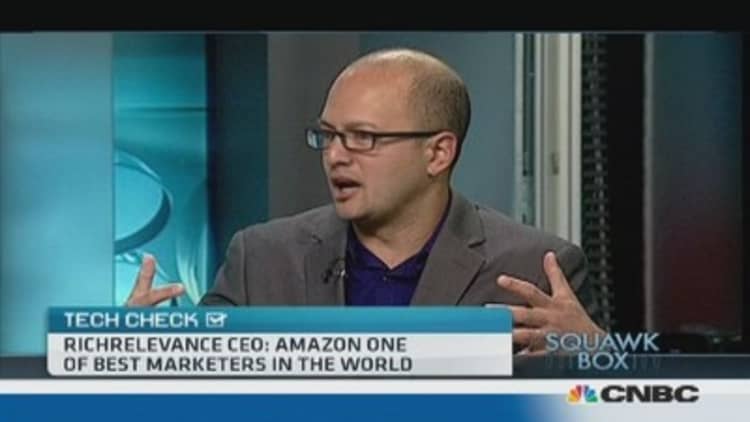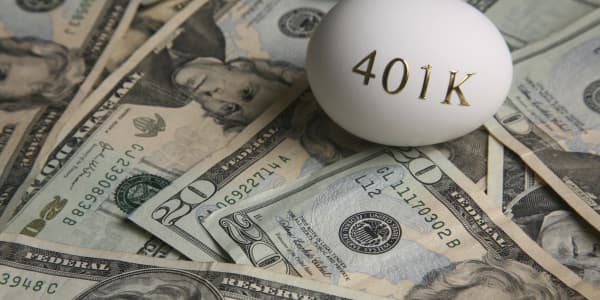In an age where advertisers try to stand out by blending in, native advertising is only the beginning of the limits that will be pushed in blurring creative content and promotion. In fact, as prime-time shows go looking for love from an increasingly fickle audience through online channels, characters from one popular show have gone looking for love, literally, on an online dating app.
Fox Entertainment has latched on to Tinder, a popular social media dating app for iPhone and Android devices, whose simple website boasts: "It's how real people meet. It's like real life, but better."
Real people might be surprised that a few of the people they "meet" are not real, but fictitious characters from Fox's prime-time comedy, "The Mindy Project."
Tinder users are presented with "Mindy" characters (see below): faux profiles If they choose to indicate interest, they'll be sent an automated message to "tune-in to PROJECT this Tuesday."
The fast-paced and transient nature of digital media has morphed traditional 30- or 60-second television spots into full-blown multimedia campaigns that don't just stop at Twitter.
"The world of advertisers disseminating information—and that's it—is gone," said Julia Huang, CEO and founder of ad agency interTREND Communications.
(Read more: Future-proofing cable with mergers)
Love, in the style that "The Mindy Project" went looking for it, has a precedent. InterTREND previously ran an ad campaign for AT&T in the form of a romantic comedy Web series that allowed viewers to select the story line for upcoming episodes. The advertising was both interactive and native, giving viewers the power to decide the outcome of the character's romance while being pitched a bundle of AT&T products.
Huang said that brands run the risk of being too aggressive with native. "Sometimes it's not just creepy, it's falsifying identification almost," Huang said, referring to campaigns including Fox's "Mindy" character profiles on Tinder.
A Tinder spokeswoman said these profiles were not ads but a partnership with Fox. Tinder's Twitter account "favorited" the tweet that referred to the partnership with Fox as a creative advert. Tinder CEO Sean Rad declined to comment. Through a spokeswoman, Fox Entertainment marketing executives in charge of the campaign declined to provide comment.
(Read more: Can wearable tech boost productivity?)

Consumer trends of systematically avoiding traditional digital ads have forced brands and advertisers alike to refocus their efforts into making advertisements that are non-intrusive, correctly targeted and contextually relevant to what is already displayed on the user's screen. The highly competitive online environment gives the user ultimate freedom to avoid unwanted content with ad-blocking software or the simple option of clicking a different tab.
Tom Pepper, a managing director of Vibrant Media, a U.K.-based advertising firm that specializes in native and digital advertisements, said that the shift in advertising formats is forcing advertisers to walk a finer line in terms of transparency, but this should not influence their fundamental credo: The customer comes first.
"What mustn't be forgotten in all this is obviously the user," Pepper said, adding, "You can be flip, you can be creative, but there should be some indication that there's some sort of ad format there."
Native advertising is still in its infancy, which leaves room for advertisers and marketers to work creatively, but along with the novelty comes a certain amount of ambiguity due to lack of regulation and industry-standard practices. Pepper said that he hopes the industry will reach a general consensus on native ad protocol and nominated the Interactive Advertising Bureau (IAB) to set the bar.
(Read more: Native ads attracting venture capital money)
The IAB is a consortium of advertisers that make up more than 80 percent of ad sales in the U.S. that recommends standards and practices. In December the IAB released "The Native Ad Playbook," which is meant to lay a framework for these embedded advertisements—including disclosure—to ensure that regardless of context, a "consumer will be able to distinguish between what is paid advertising versus what is publisher editorial content."
Peter Minnium, the head of brand initiatives at IAB, said that people should keep in mind that native advertising is nothing new. "It's been in editorials forever, but it's found new life in the digital world."
Yet there's an irreducible problem: "Native is in the eye of the beholder," Minnium said. "The only way to know is to ask the person looking at it."
If a viewer were not aware that what they were viewing is paid content—as in, if a Tinder user sincerely thought they had a chance at love with a character on "The Mindy Project"—that's when things start to get complicated.
Jud Bowman, CEO and founder of Appia, a company that develops in-app advertisements for mobile devices, said that the "Mindy" Tinder profiles are "a good example of native ads, but they may have crossed the line a bit."
"It's got to feel authentic," Bowman said. "If the ad is really about tricking the user to click on it, that's what's not going to work in the long run."
—By Matthew Creegan, Special to CNBC.com




